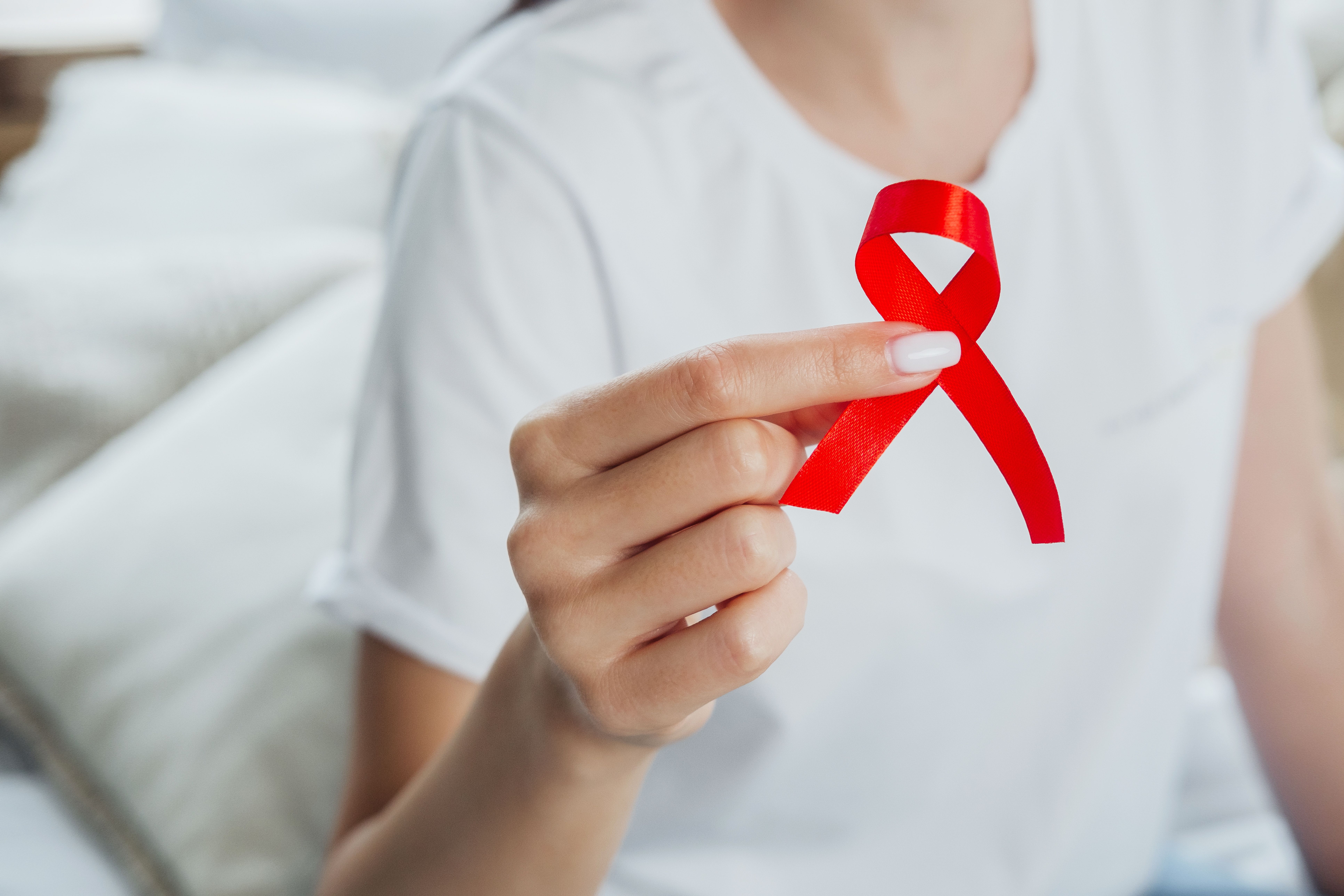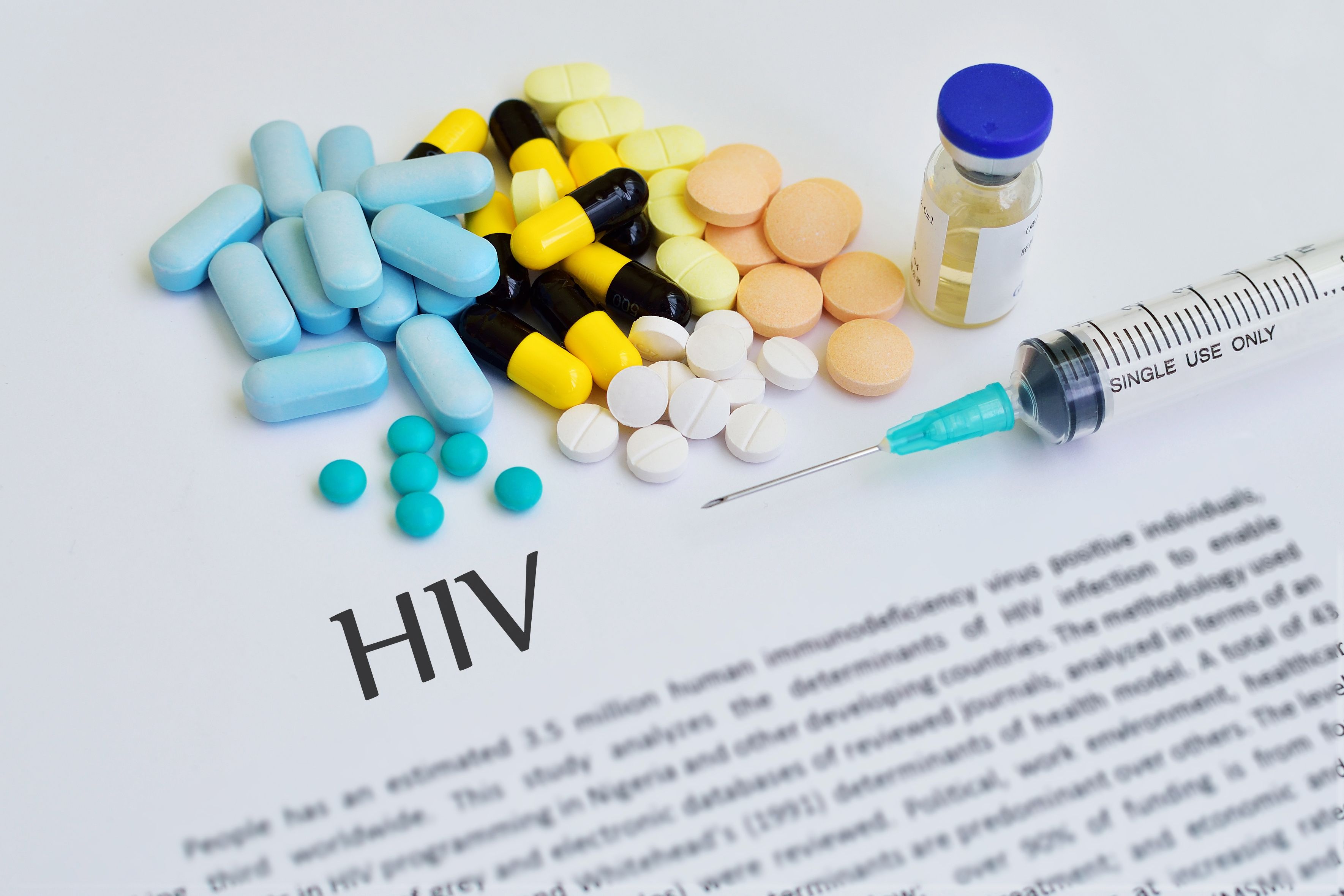News
Article
Family Dynamics, Mental Health Influence Adherence to ART
Author(s):
Key Takeaways
- Family dynamics and mental health are crucial in ART adherence among youth with HIV, with family interventions showing potential benefits.
- The review included 36 US-based studies, highlighting caregiver involvement and social support as key adherence factors.
Improving adherence to antiretroviral therapy (ART) in youth living with HIV requires interventions that target both family dynamics and any underlying mental illness.
Young individuals living with HIV can be influenced to maintain their adherence to antiretroviral therapy (ART) by their family dynamics and their mental health, according to a review published in AIDS and Behavior.1 Therefore, multiple factors related to adherence to ART can be addressed with interventions that encompass all potential conflicts.
A total of 19% of new cases of HIV in the US in 2022 were diagnosed in adolescents and young adults aged 13 to 24 years.2 Adherence to ART is a vital method of suppressing the spread of HIV in both this age group and throughout a patient's the life. Adherence can be difficult in adolescents and young adults due to various developmental or environmental factors, leading to a low percentage of virally suppressed individuals in this age group. Interventions that include the whole family have been noted as a potentially beneficial method to increasing adherence to ART, they have not been tested thoroughly. This review aimed to assess whether family interventions would be able to significantly improve adherence to ART in youth, family dynamics affect the adherence behaviors of youth, and these factors would be most beneficial in minority groups.
The researchers used Academic Search Premier, MEDLINE, CINAHL Plus, LGBTQ+ Source, APAPsycArticles, and PsycINFO to look for studies for the review. Randomized controlled trials, survey research, observational studies, intervention studies, and qualitative or mixed studies were all considered. All publications were peer-reviewed. Grey literature was excluded.
Adherence to ART may be influenced by family dynamics and mental health in adolescents and young adults with HIV. | Image credit: reddish - stock.adobe.com

There were 36 studies that were included in the review, all of which were from the US; 11 were cross-sectional studies; 9, qualitative; and 7, longitudinal. Retrospective chart review, mixed methods, case reports, cohort studies, and nonblinded randomized controlled trials were also included. Most of the studies (n = 23) focused on children and adolescents living with HIV and 8 studies focused on children who were infected perinatally. The remaining studies focused on caregivers and medical providers, and 2 were reviews. The median (range) sample size was 307 (1-5733 individuals), and the age of the participants ranged up to 25 years.
Interventions were included in 7 of the studies, all of which focused on home- and family-based interventions. A nursing intervention was the focus of 1 study where 8 home visits occurred over 3 months to provide information on HIV and their medication. These nurses also provided tools for the family to improve adherence. The control group got this same counselling but only in the clinic. This study found improved self-reported adherence but it was not significant.
Another study focused on a social work–based intervention where social workers would contact the patient daily through the phone to offer education. CD4 counts significantly increased in participants in this study, with a corresponding decrease in viral load (t[14], –2.35; t[14], 2.08, respectively). Behavioral Family Systems Therapy was attempted in a separate study where 7 weekly meetings were conducted for 4 participants, of which 3 reported improved adherence, 2 saw decreased viral load, and all had increased adherence based on a physician estimate. A focus group study also allowed for 16 to 20 youth participants to rank their barriers to ART adherence with a caregiver. This study showed 91% reported improved adherence and 43.5%, improved CD4 counts.
There were 29 studies that were not intervention studies that reported on family factors as they related to adherence. These influences included social relationships, knowledge of the medication regimen, general barriers that were self-reported by the caregiver or child, and general health of the parent or child.
The review found that caregivers being in charge of administering treatment resulted in greater adherence. Higher viral load was associated with caregivers having difficulty in administering the medication or those who had lower knowledge. A support system was found to be vital in individuals starting and maintaining their treatment. Some participants were also less likely to take their medication when they felt it affected their social life. Nonadherence to the medication could also be brought upon by parents if the parents do not adhere to their medication. Lack of communication between parents and their children was another factor in nonadherence.
There were some limitations to this review. The findings of this study have limited generalizability due to all included studies being conducted in the US. Also, self-reported adherence was the primary method of measuring adherence which could be subject to recall bias. Outcomes across studies could not be directly compared because of the heterogeneity of the study designs, and sexual and gender minorities were only considered in a few studies.
The researchers concluded that family dynamics and mental health can be primary forces in nonadherence to ART in youth with HIV. Interventions that target both factors can help to improve adherence in this age group. Future research should also evaluate the efficacy of such interventions in minority groups and when using objective measures of adherence.
References
- Rodriguez VJ, Gessert M, Guerra A. Family influences on antiretroviral therapy adherence in youth with HIV in the United States: a systematic review. AIDS Behav. Published online April 28, 2025. doi:10.1007/s10461-025-04721-y
- HIV and adolescents and young adults. National Institute of Health. Reviewed April 15, 2025. Accessed April 28, 2025. https://hivinfo.nih.gov/understanding-hiv/fact-sheets/hiv-and-adolescents-and-young-adults





